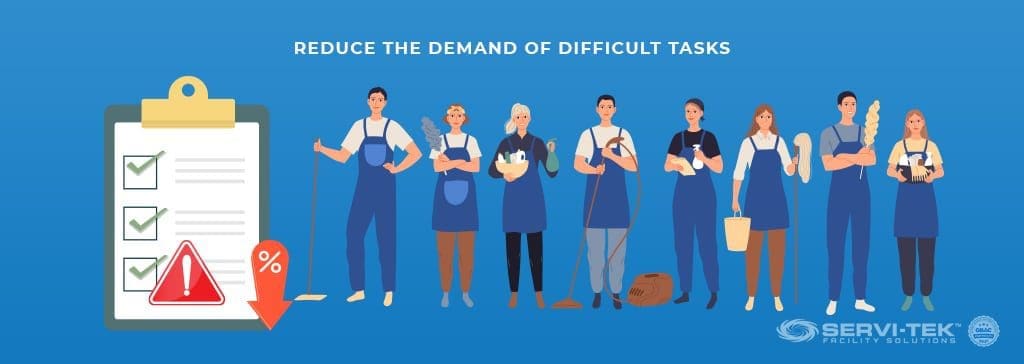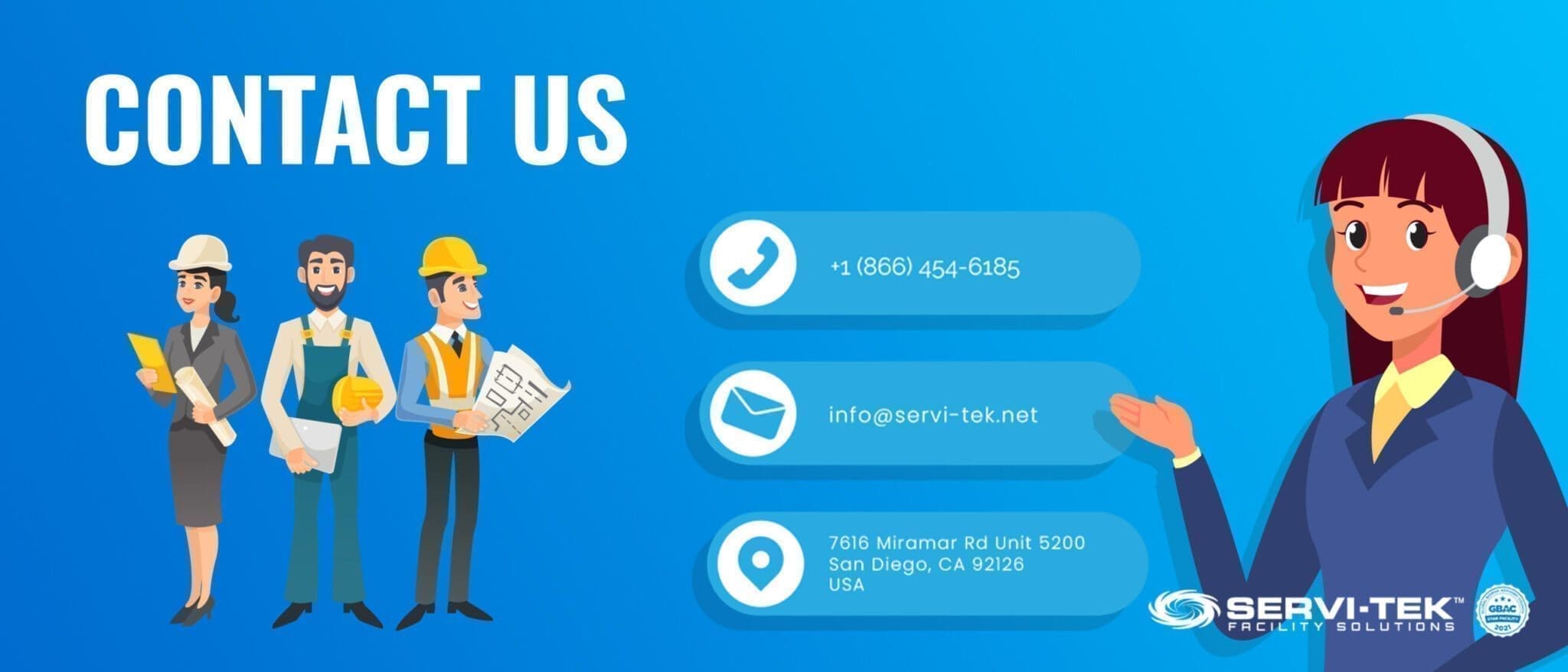
Over the last two decades, there has been an increasing awareness of the dangers in our workplaces, and regulatory agencies, such as OSHA (Occupational Safety and Health Administration), have worked to make jobs more safe. In the cleaning industry, though, there are many risks to consider, such as hazardous materials and injury and falls. Measures can be taken to mitigate these risks and improve the health and safety of cleaners.
Here are 5 ways to reduce cleaner health and safety risks and create a better overall workplace:
1. Provide Proper Training

Training is essential to workplace safety and reducing the risk of adverse health effects in any profession, but especially for cleaners. Initial training should be done with every new employee as well as requesting feedback to ensure new employees understand what was taught during training sessions.
Additional learning and review opportunities should also be completed annually or anytime a new chemical or hazard is introduced to the workplace. Training should include: identifying chemical hazards and how to handle them, how to prevent injury during strenuous or repetitive activities, and how to prevent slips and falls in the workplace.
2. Handle Hazardous Materials Properly

One of the greatest risks in the cleaning industry is the handling of hazardous materials throughout the cleaning process. You would want to make sure that your employees are well-trained to avoid any disaster tort claims filed against your company. Once training is done to educate on the proper ways to handle cleaning products, necessary protective equipment should be supplied as well.
Cleaning equipment and supplies vary depending on the materials being used but should include things such as gloves, protective eyewear, and a mask or respirator to ensure toxic chemicals are not being inhaled during the cleaning process. Make sure employees know how to properly use protective equipment for full effectiveness.
3. Reduce the Demand for Difficult Tasks

Another common injury during cleaning is heavy lifting and repetitive movements. Where possible, heavy lifting should be avoided. If it must be done, proper techniques, such as lifting with the legs while keeping the back straight can prevent additional strain. Training should be done to ensure that proper lifting is performed as well as proper posture while performing repetitive movements such as mopping, sweeping, and wiping surfaces.
In addition, you can reduce the risk of repetitive movements by utilizing things such as lightweight brooms for mopping. If cleaning is being done on a commercial level, automatic walk-behind or ride-on vacuums can substantially reduce the risk of back injury.
4. Prevent Slips and Falls

Slips and falls are a potential hazard in every workplace setting, but especially in those that require wet floors and the possible maneuvering of heavy objects. Ensure non-slip shoes are worn that help maintains a good grip on flat surfaces and will help secure the wearer while they are working.
Cleaners should put up proper signage to ensure others do not walk on wet, slippery surfaces, in addition to moving out of the wet area as they are mopping until the area has dried to reduce the likelihood of slips and falls.
5. Listen to Workers

As an employer, it is important to listen to the feedback of your employees. They are on the front lines and able to provide the most accurate updates on potential workplace risks. Make sure you encourage feedback and assure there will be no retribution for providing information that can help improve workplace safety. Let them know what areas they are looking for risks in; for example improper protective equipment, the mixing of hazardous chemicals, falls and other safety risks, malfunctioning equipment, etc.
Once feedback is provided, make sure it is addressed right away. Employees are more likely to speak up if their voices are heard and actions are taken, rather than feeling ignored after submitting a report.
Final Thoughts
The health and safety of workers should always be at the forefront of an employer’s mind, especially in the cleaning industry. Providing training, equipment, and supplies to employees for proper cleaning procedures helps the employees to be safe and feel valued. Allowing employees to provide feedback on potential hazards or submit suggestions makes them feel part of the team and that they are adding value to the business.




